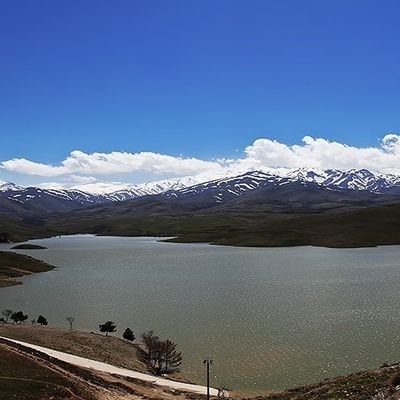SAEDNEWS: Hang Sơn Đoòng, the planet’s largest cave, remained undiscovered for centuries. Learn about the extraordinary journey that led to its revelation and the wonders it holds.

According to SAEDNEWS, Hang Sơn Đoòng is the largest cave on Earth by volume located in Vietnam's Quảng Bình province. This colossal underground world, complete with towering chambers and unique ecosystems, stayed unknown until its discovery in the 1990s. Its story is one of chance, persistence, and a desire to explore the unknown.

In 1991, local farmer Hồ Khanh stumbled upon Hang Sơn Đoòng while seeking refuge from a storm in Phong Nha-Kẻ Bàng National Park. He noticed the immense cave entrance and heard the roar of an underground river. Without the means to explore, he left it uncharted, and the cave’s exact location was forgotten for years. Nearly two decades later, Hồ Khanh shared his story with members of the British Cave Research Association (BCRA), who were conducting surveys in the region. In 2009, he helped a team led by Howard and Deb Limbert locate the cave.
What they found was astonishing. Hang Sơn Đoòng spans over 5.5 miles, with chambers soaring up to 650 feet high. It is so massive that entire skyscrapers could fit inside, and some sections host thriving ecosystems sustained by natural light filtering through collapsed cave ceilings.

Gigantic Chambers and a Flowing River
The largest chamber in Hang Sơn Đoòng measures around 660 feet tall and 500 feet wide. A powerful underground river carved this vast space over millennia, leaving behind towering stalagmites and awe-inspiring formations.
Natural Skylights and Underground Forests
Two enormous dolines—collapsed sections of the ceiling—allow sunlight to penetrate the darkness. These skylights have created environments where vegetation thrives, forming jungle-like pockets of greenery deep within the cave.
Fossilized Treasures and Geological Masterpieces
The cave walls contain fossils millions of years old, offering a window into ancient life on Earth. Stalactites, stalagmites, and flowstone formations highlight the artistry of natural erosion and mineral deposition.
Difficult Terrain and Conditions
Reaching Hang Sơn Đoòng is a demanding journey that involves trekking through thick jungle, crossing rivers, and navigating rugged terrain. Inside the cave, explorers face total darkness, narrow passages, and seasonal flooding.
Preservation and Sustainable Tourism
As interest in the cave has grown, conservation efforts have become critical. Visitor access is strictly controlled, with only a limited number of guided tours allowed each year to protect the fragile ecosystem from overuse.
For Vietnam, Hang Sơn Đoòng has become a symbol of natural beauty and a major eco-tourism destination. Scientists are also captivated by its unique geology, hydrology, and biodiversity, which provide valuable insights into subterranean environments and the planet’s history.
The discovery of Hang Sơn Đoòng showcases humanity’s enduring curiosity and respect for nature’s wonders. From a chance encounter to its thorough exploration, the cave has transformed from a hidden marvel into a global treasure. As research continues, Hang Sơn Đoòng stands as a reminder of the uncharted secrets our world still holds.

